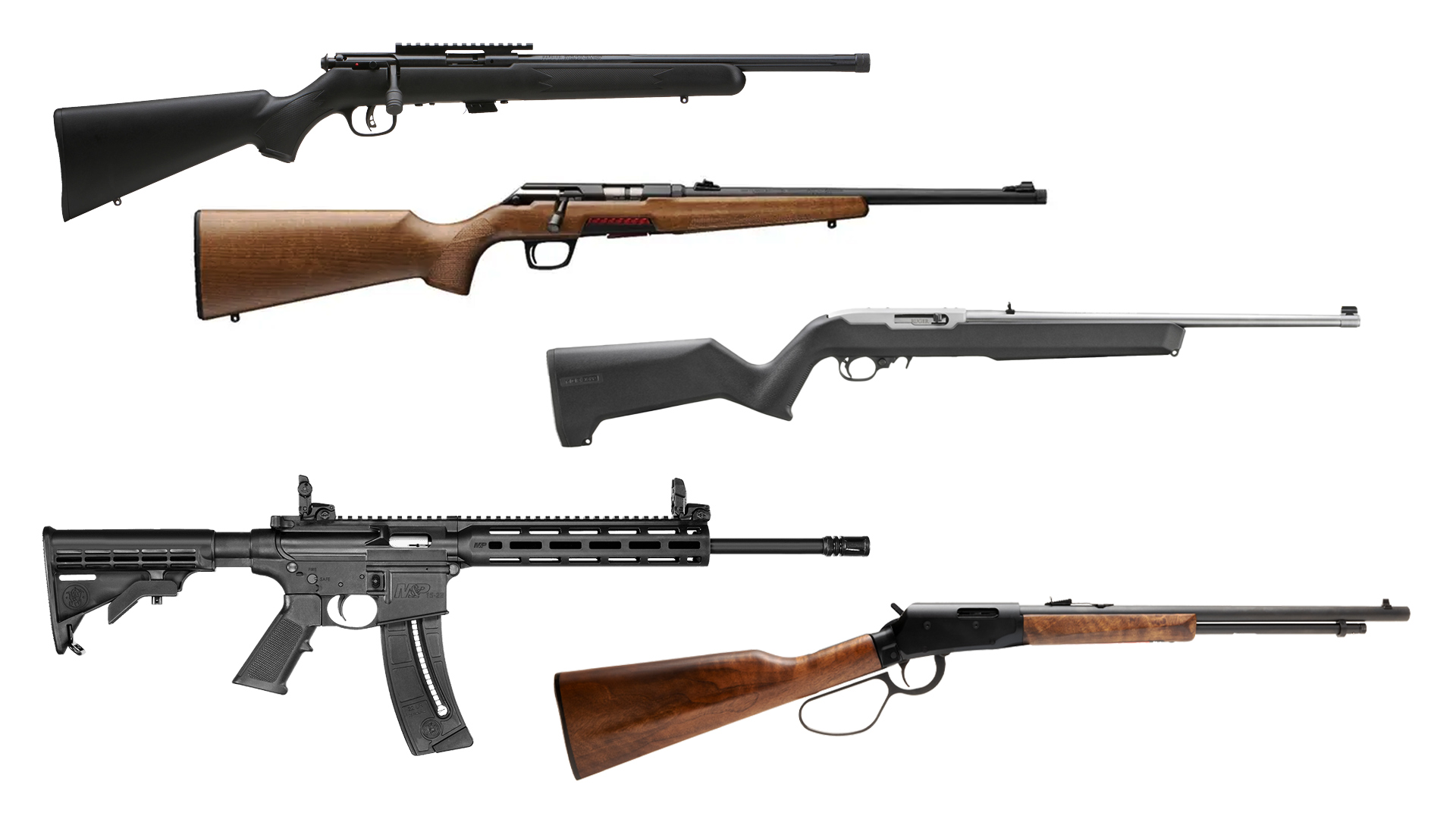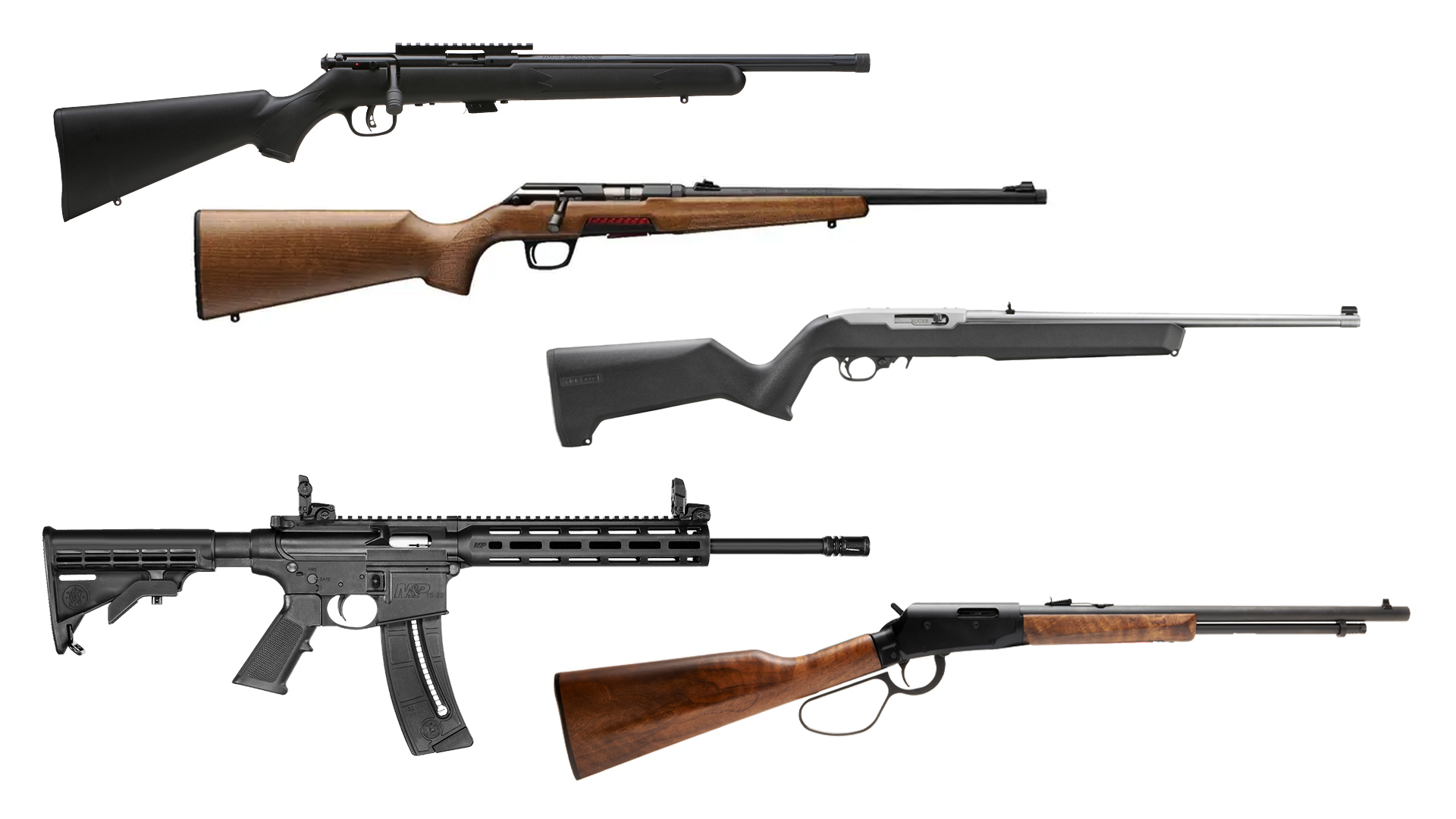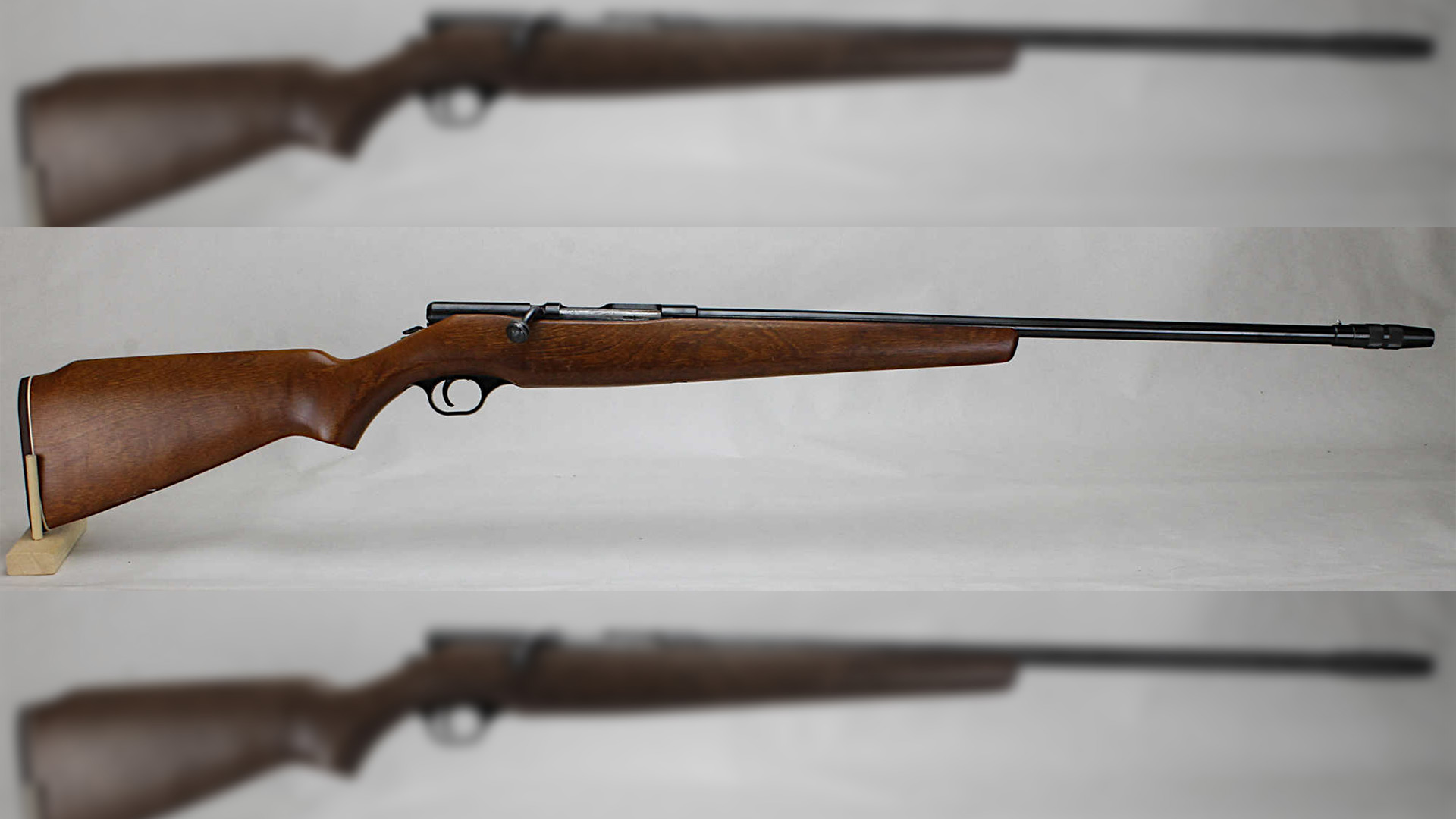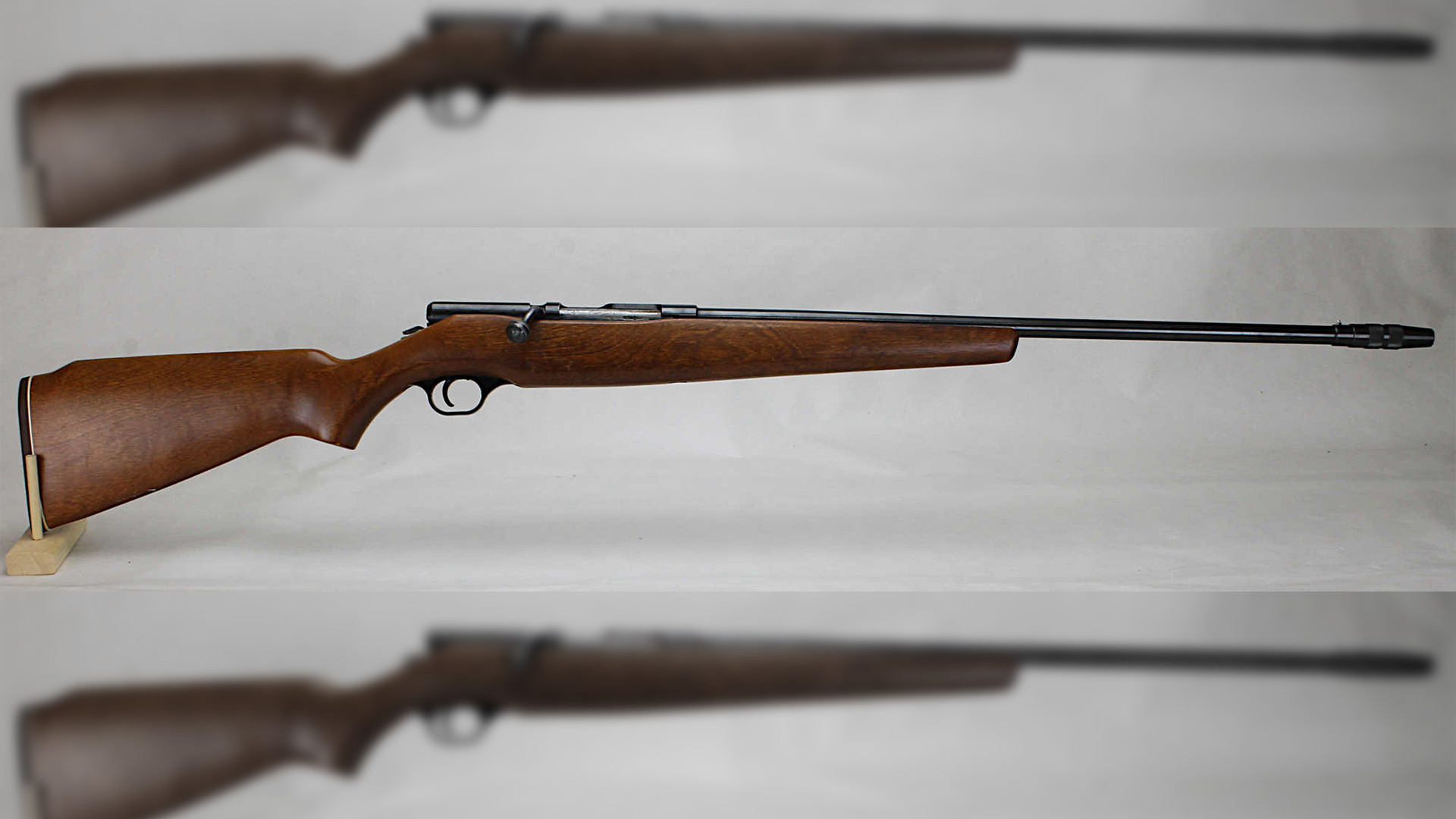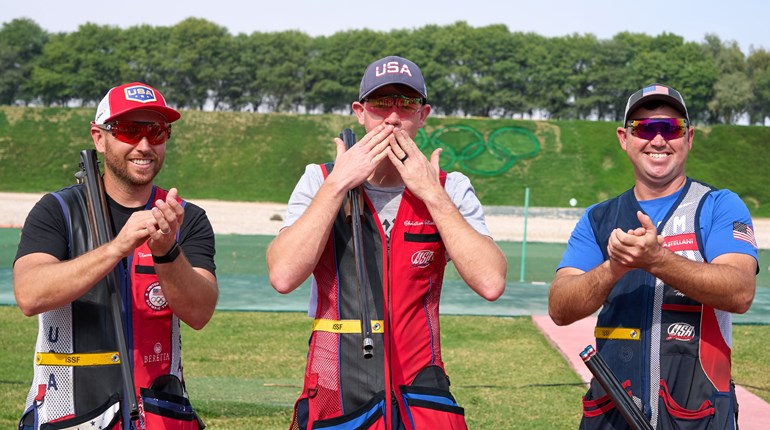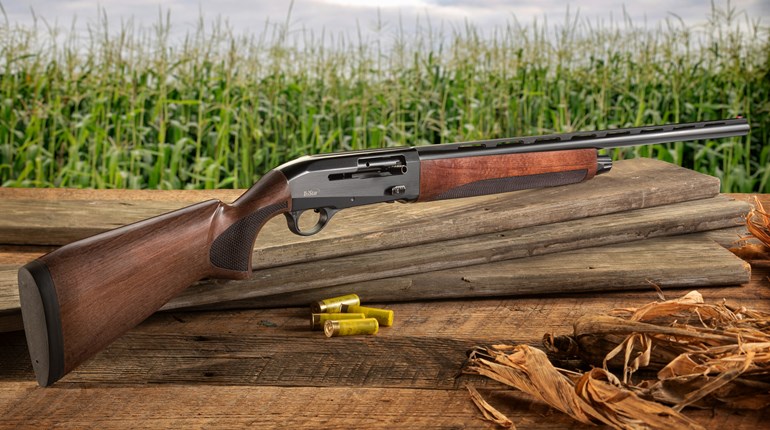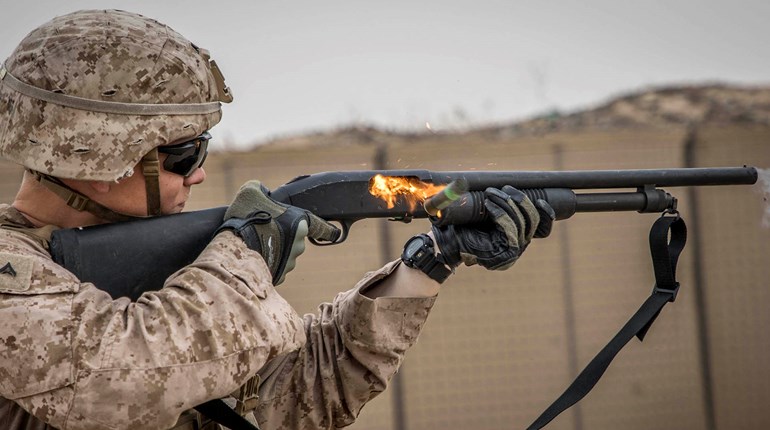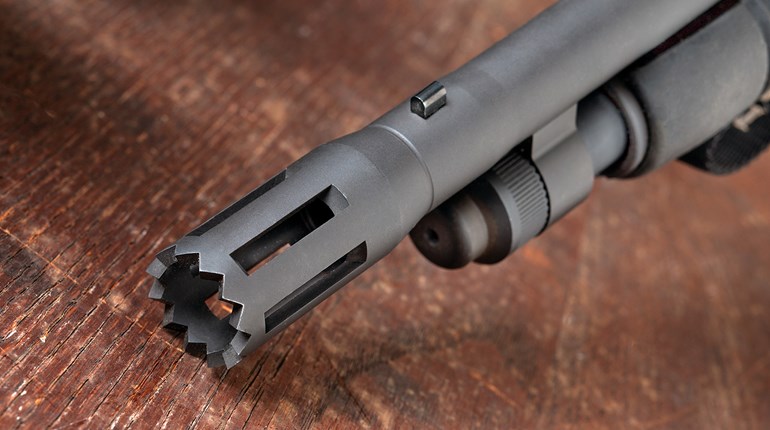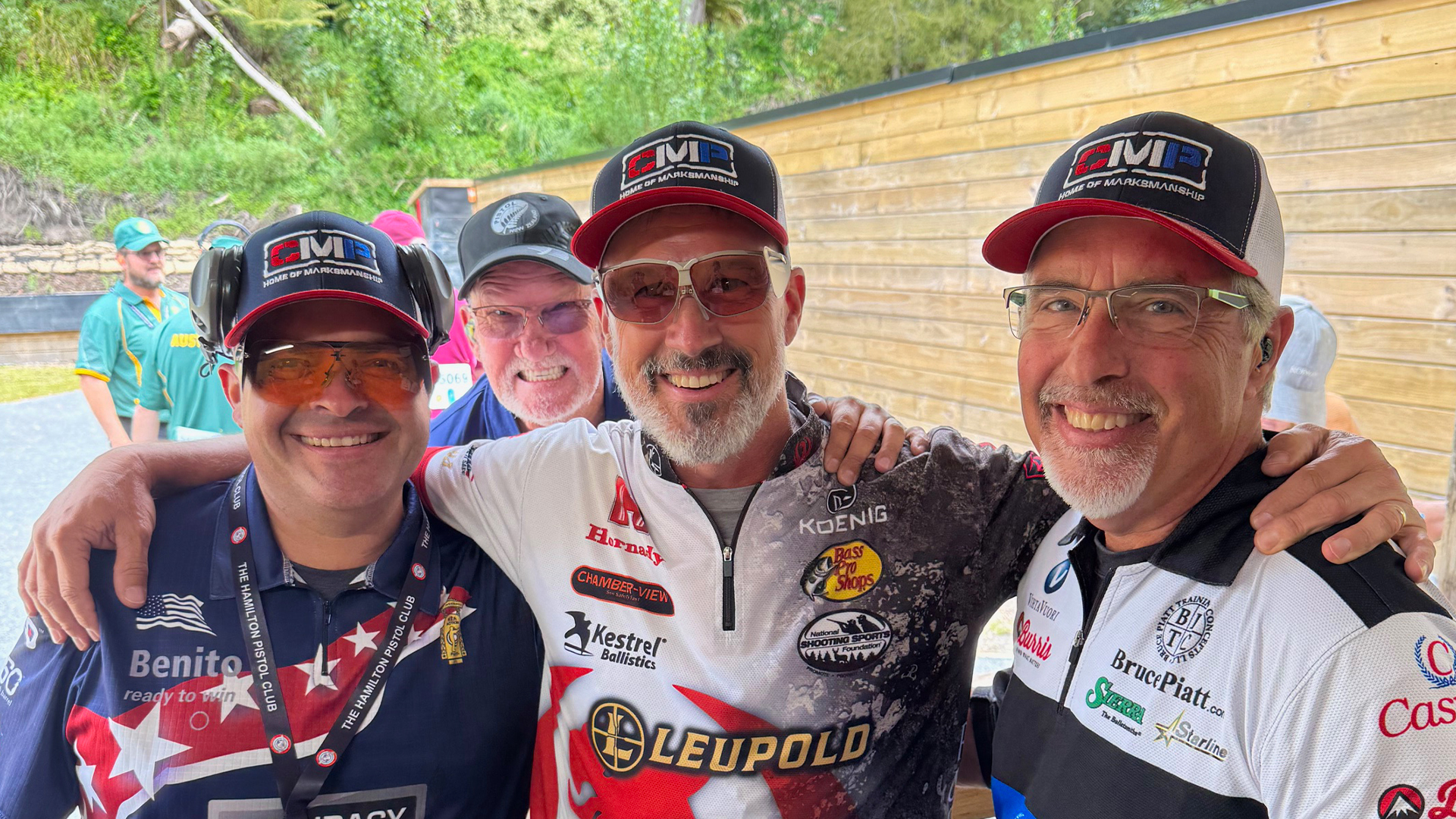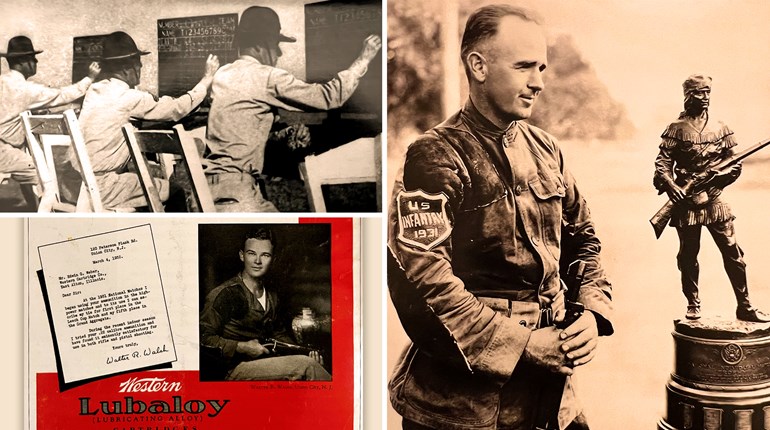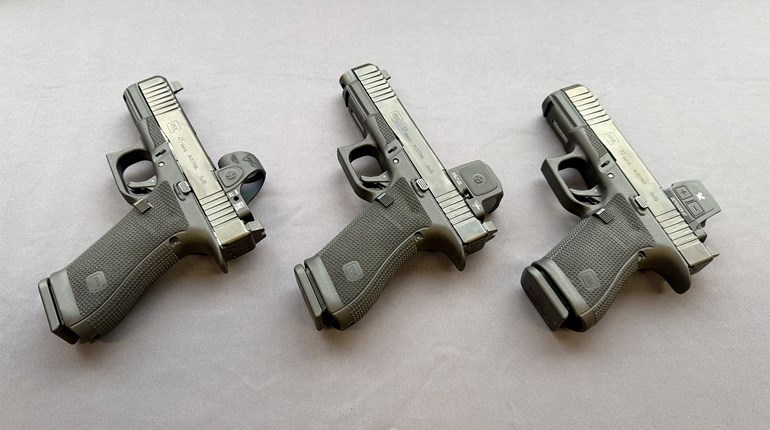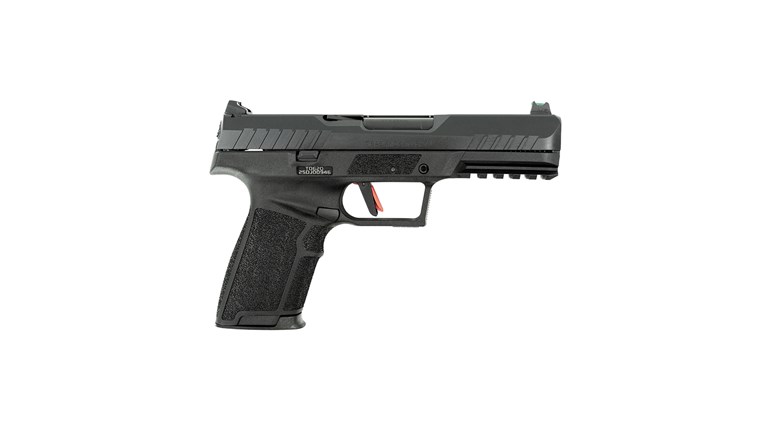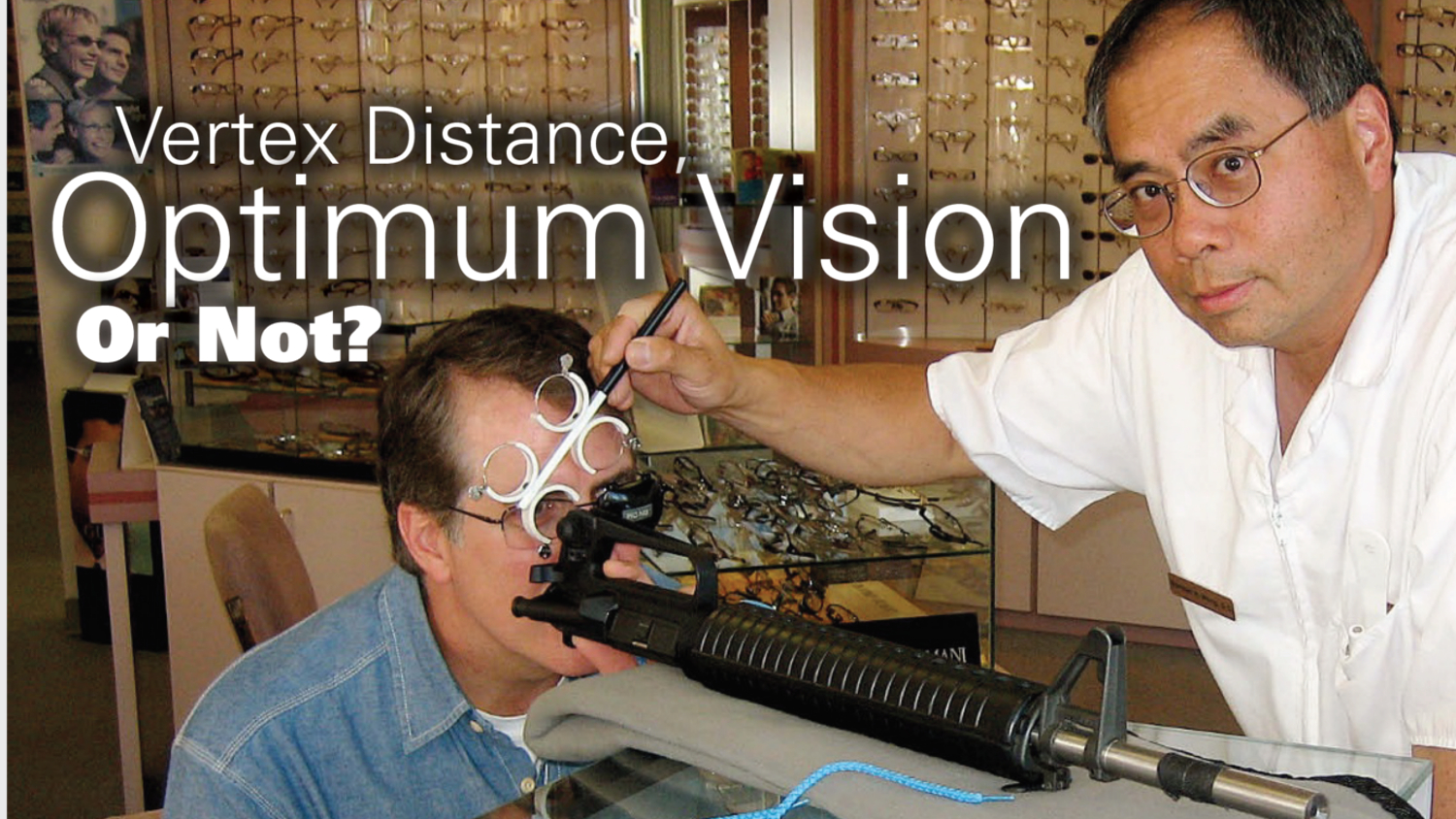
The distance between the eye and the back surface of the spectacle lens is known as vertex distance. Eye care specialists are well aware that a prescription may change when contact lenses are fitted to replace eyeglasses. This is because the prescription at the corneal plane (the front surface of the eye) is different than at the plane where the lenses sit on the eyeglass frame. A prescription lens for a nearsighted eye becomes stronger in power when it is closer to the eye and weaker when farther from the eye; whereas a farsighted lens becomes weaker when moved closer to the eye and stronger when farther from the eye.
Specialized shooting glasses such as Champions and Knoblochs offer the shooter a variety of options, including lateral lens positioning. Unless the eye care specialist understands their use, a careful eye examination may or may not provide optimal vision with these glasses. How much does vertex distance affect shooters? The lenses in Champion, Knobloch and similar shooting glasses may be positioned two to three times farther from the eye than with typical eyeglass frames. (An offset lens bar is available with some models to bring the lens closer to the eye.) This increased distance from the lens to the eye will increase or decrease the power of a lens as explained above.
If you are using a relatively weak (lower power) prescription, changes to the vertex distance will show a negligible difference in your vision. However, as the magnitude of the prescription power increases, the new prescription could be 0.25, 0.50 diopter or more in error.
Prescription lenses are normally fabricated in 0.25 diopter increments but the following abbreviated table will show how some of you may be affected. The exact numbers are not as important as the general tendencies the table exhibits. As the shooting glass lens is positioned farther than your normal eyeglass lens by 15mm, 20mm, 25mm and 30mm, the effective power changes as follows:

An interesting note to consider; a +0.50 diopter lens used on the front sights on certain rifles to provide magnification no longer behaves as a +0.50 diopter power lens to our eyes because of vertex distance. The effective power becomes higher.





